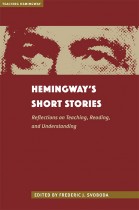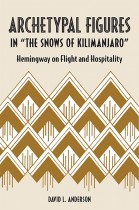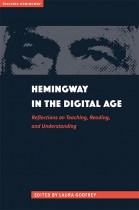The Hemingway Society reprints “Love in the Time of Influenza: Hemingway and the 1918 Pandemic”
dcrosby | Filed under: NewsThe Hemingway Society reprints “Love in the Time of Influenza: Hemingway and the 1918 Pandemic” by Susan F. Beegel.
“In 1918 a virulent strain of influenza emerged that would spread around the world, fueled by World War I with its patriotic rallies and parades, its streams of refugees, and its mass movements of troops, such as the […]




